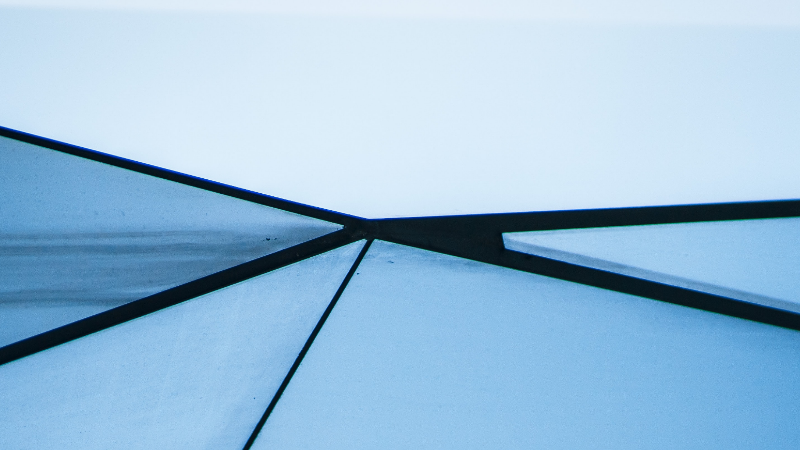Champions of so-called AI art have hailed it as finally realising the long-yearned-for autonomy of the work of art; it seems to be collapsing the integrity of the artist, finally making the author, the human artist-genius, obsolete against the backdrop of artificial creativity. This rhetoric of substitution, however, is a historical constant and can also be observed with the birth of previous media forms such as analogue photography, the electronic computer or the internet. Critiquing AI art, the author argues that the discussions on AI-driven art and aesthetic categories mirror fundamental anthropological questions on human intelligence, intentionality or autonomy. Besides a philosophical criticism of its mathematical foundations, this entails the problem of confusing aesthetic categories by projecting human characteristics onto the technology. In the end, the label of “AI art” is often reduced to a marketing strategy in a capitalist art system.


